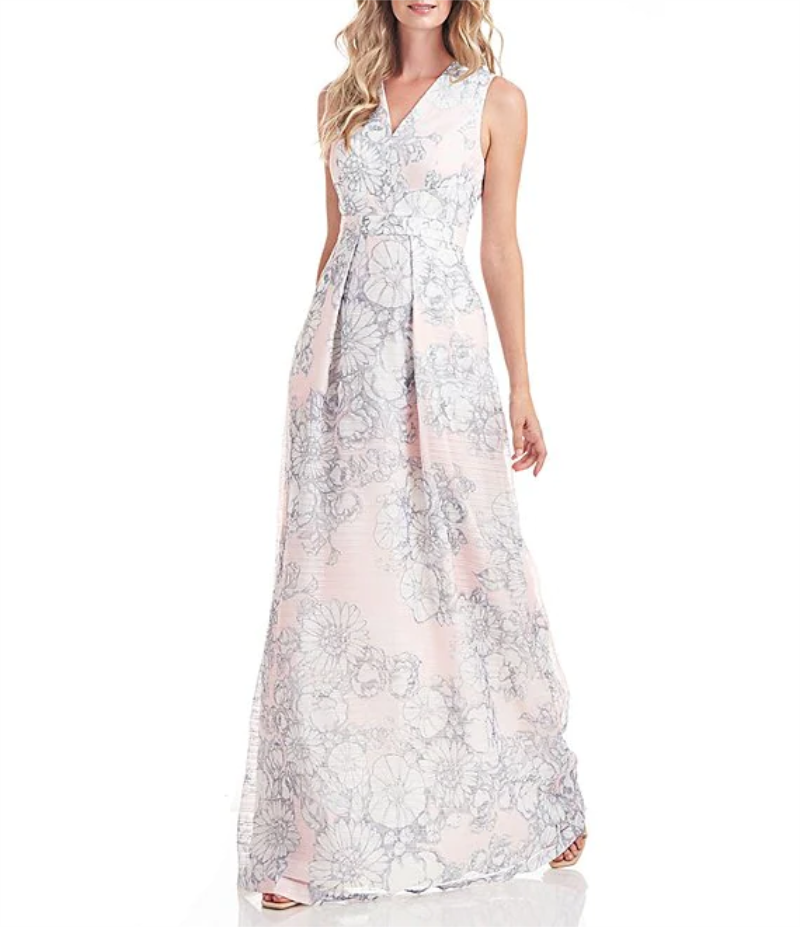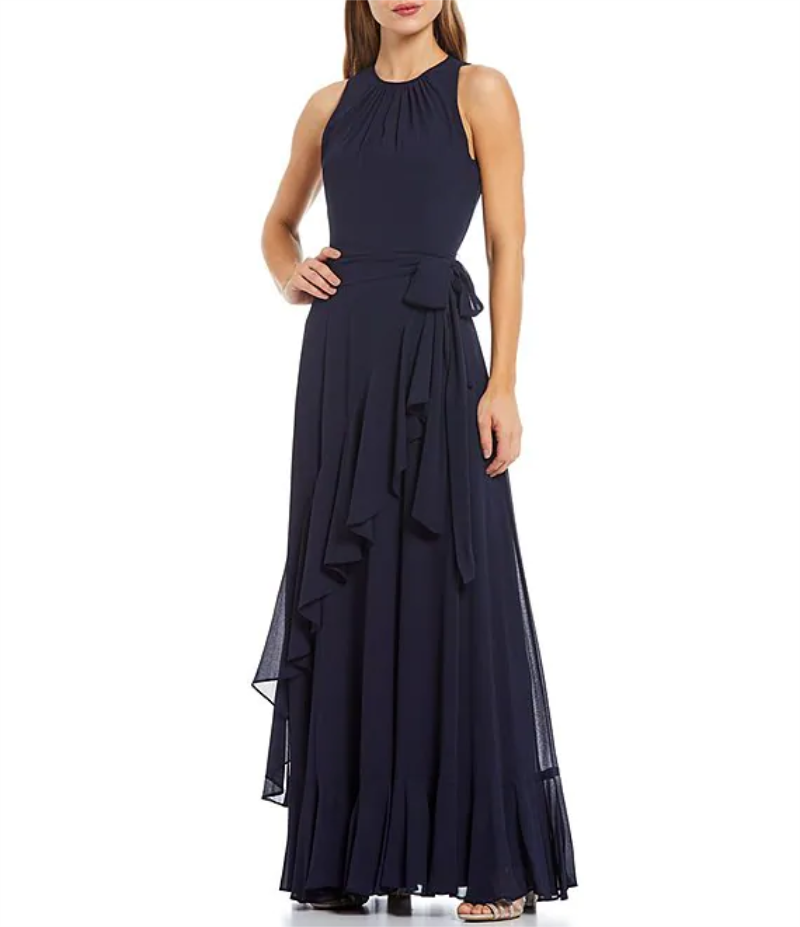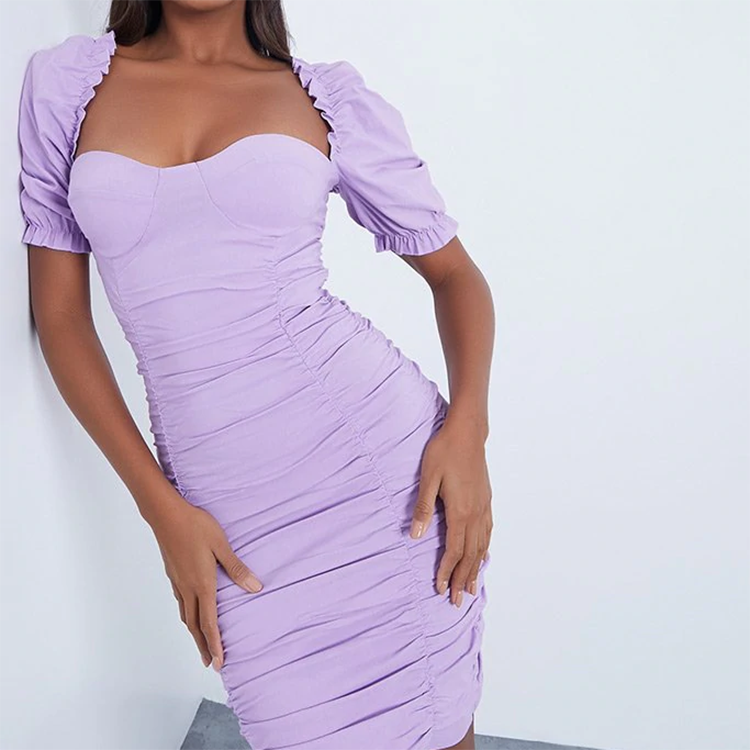The word "splendid" we often say is not originally the same thing. Jin is a silk fabric and embroidering is on silk fabric. Therefore, embroidery is different from ordinary silk fabrics, it is prominent on the surface of the fabric, not like the colorful silk fabrics, despite the flowers, but it is flat.
Since about the Han Dynasty, embroidery has become the skill of Suizhong. Chinese women learn embroidery from an early age, and embroidery is also called "female red." Before the girls get married, they must embroider a batch of embroidery for themselves as a dowry; after the marriage, the furnishings of the family and the clothes of the family also need embroidery. Almost all the fabrics made by the Chinese people can be embroidered, from chair cushions, table frames, curtains, wall hangings, screens, bed sheets, quilts, pillowcases, to adults and children's dresses, hats, and shoes. In particular, there are more than 10 types of accessories hanging outside the popular men's clothing in the Qing Dynasty, such as wallets, money bags, fan covers, eyewear sets, watch covers, key pockets, flip-flops, and so on. Never finish embroidering.
It is said that as early as 5,000 years ago, the Yellow Emperor’s ancestors taught people to plant mulberry sericulture and silk weaving. At the time of arrival, people started to embroider the colorful designs on their costumes, and to distinguish between the number of patterns and their variations to differentiate their positions. This system of dress has affected China for thousands of years until the demise of the Qing Dynasty.
After thousands of years of inheritance, Chinese embroidery reached its peak in the Ming and Qing dynasties. The folk embroidery techniques and the silk materials used have been amazingly developed. Some of the embroidered products that we can see now are embroidered with silk thread, like trunks, rocks, and others. The silk thread is embroidered, and some particularly delicate parts such as people's faces, etc., are even embroidered with velvet made of silk thread. The piece of gold is the gold foil is attached to the very thin sheepskin or cotton paper, and then used in embroidery; the gold is the gold foil cut into thin strips, and the silk thread together; gold and silver thread is a gold-plated copper wire or silver wire. In the "Dream of Red Mansions", Qing Wen fills in the tits, and is a thick line made of peacock feathers. In the famous "Gu embroidery" of the Ming Dynasty, people's hair was often used.
In embroidery, common acupuncture methods include flat needle embroidery, grab needle embroidery, zipper embroidery, sprinkle thread embroidery, playing sub embroidery, nano yarn, and the like. Among them, pull lock embroidery is the oldest embroidery method. As early as in the Western Zhou Dynasty and the Warring States period, it was the main acupuncture method; the needle stitch embroidered the most representative of the transition of the color, and the gold thread's sprinkle thread embroidery was also called Panjin or Pingjin; Embroidery is also called knot embroidering. The practice is to use a knot on each surface of the fabric. Each knot must be evenly beaten. When embroidering, it hurts the eyes. It is not easy, but it is embroidered. The texture is beautiful, so it is especially popular with people.
A large number of embroidery themes of the Ming and Qing dynasties are the auspicious patterns with Chinese characteristics. The so-called "map must have intentions, the meaning must be auspicious." There are countless thousands of auspicious patterns in China. Implications of trusteeship, such as, 鸳鸯 symbolizes the husband and wife's love; pomegranate represents more children; pine bamboo plum shows high integrity; peony symbolizes prosperity and honor; Songhe symbolizes longevity. There are also motifs that are due to homophonic sounds, like bats and "fu"; they have more than festive celebrations; deer and "lu", bottles and "peace"; goldfish and "gold and jade"; lotus and "and" and so on. There are also several ways to unite the design. For example, Wan Zi and Peony are called Fu Bandai. The combination of Wan Zi, Bat and Shou Words is Fu Shou Wan Dai. The embroidery on flowers is an icing on the cake. In addition, different people's costumes and decorations for different occasions. There will be differences. For example, in the days of birthday, the embroidered goods should use the Eight Immortals birthday, the longevity, the Songhe Yannian, Fushou more than three years, Fushan Shouhai, etc.; and the wedding will have to play with water, and the lotus, Erlian, Lian (Lian) Health The gentlemen and melodious patterns are used for congratulations on promotion and promotion. They use the day to rise and the level (bottle) rises (birth) to three levels (戟); to celebrate the opening of the business, the good fortune is used year after year, and a profit is obtained.
The old embroidered piece with auspicious patterns not only brings the ancient people to pray for prosperity, peace, and happiness in their ideals of life, but also brings people good wishes. It is also a very collectible collection. Embedding it in the picture frame and hanging it on the wall of the living room can also make the walls shine, and the cultural grade and culture of the owner can be added. This is indeed worth the money.
China Plain Dress,Solid Modest Dress supplier & manufacturer, offer low price, high quality Long Flare Sleeved Plain Dress,Long Sleeve Plain Dress, etc.
A solid color dress, this dress has a simple style. It seems that the woman is also pure and white, very natural and pure. A solid color dress is not only simple in color, but also in its design is simple but not lacking in any elegance, so many mature women or women who like simple life wear it like this.



Plain Dress,Solid Modest Dress,Long Flare Sleeved Plain Dress,Long Sleeve Plain Dress
Dongguan Kaqi (Kaachii) Garment Co., Ltd , https://www.dressmfg.com